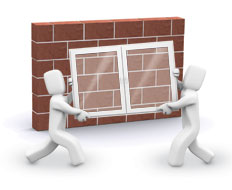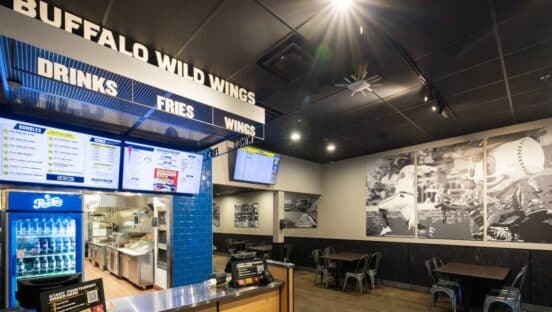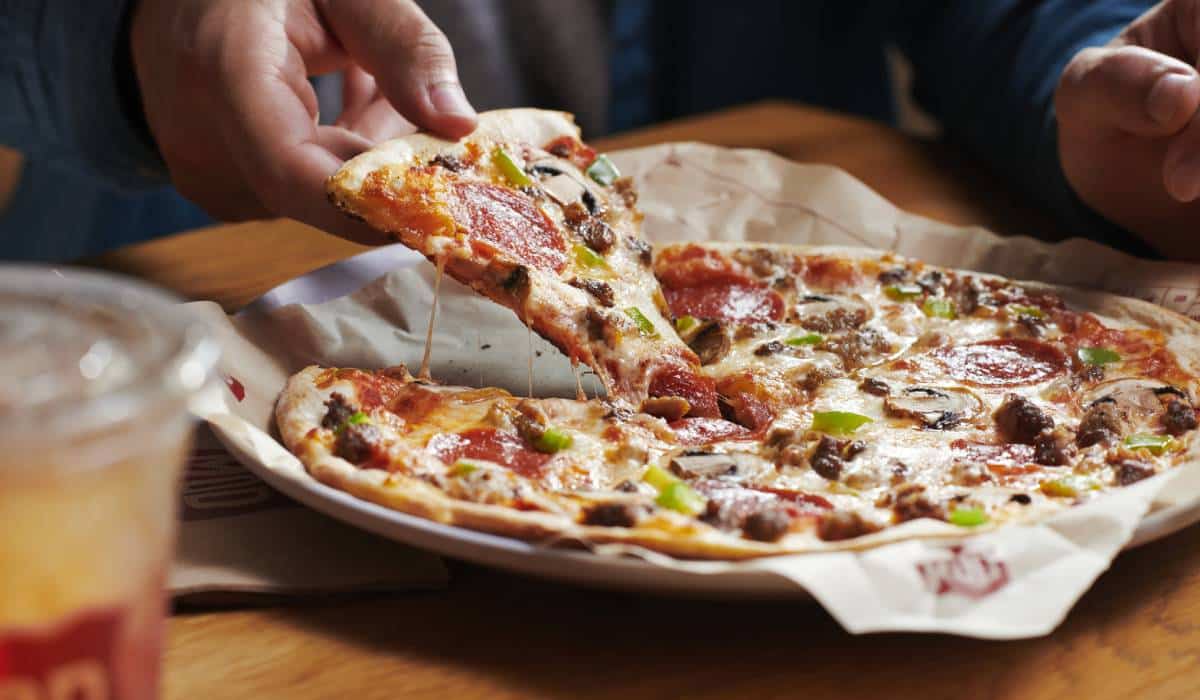Q. If my first location doesn’t have a drive thru, what will I need to consider before building one in my second location?
Including a drive-thru component in your restaurant is like adding a separate business, both physically and operationally. Cost-wise, you can expect that about 50 percent of your total capital will go into the drive thru, but, considering the fact that this segment of the business can account for up to 75 percent of your restaurant’s total revenues, that’s a pretty good return on investment. So, if you’re planning to open a new location, a drive thru should be a priority, not an afterthought.
It’s important to understand the attributes of your brand that are most important to your drive-thru customers. In the majority of cases, they are more time-constrained than your walk-in customers and expect a faster transaction. Whether or not brand experience should be a priority in drive thru is a hotly debated topic. In my opinion, you can and should maintain key experience elements, but never to the detriment of speed and accuracy.
When planning a new location with a drive thru, there are three key areas to consider: site configuration, building layout, and operations. The quick-service restaurant segment didn’t start out with drive thru as a standard offering, so the building was generally placed in the middle of the site with parking on both sides. Savvy operators now position their restaurants to the left of the site to segregate customer parking and keep as much room as possible on the right side for the drive-thru queuing. As the business grows, this separation will become even more important to prevent traffic and customer safety problems.
Make sure you give close consideration to the configuration of the queue itself. In one of my earlier designs, I included curbs with landscaping on both sides of the drive-thru lane, thinking it had an elegant look. In reality, many customers find this kind of design to be restrictive. You want to give customers the option of moving out of the lane instead of making them feel as if they’ve been captured. Besides, not everyone is a wonderful driver—some have problems maneuvering their cars without scraping their tires against one of the curbs.
Since speed is such a major factor in drive thru, consider putting in parallel ordering stations if you have the space and budget. Let’s say I’m a customer who comes for a cup of coffee and ahead of me is a soccer team in a minivan. Another ordering station would allow me to circumvent the minivan, get my order quickly, and be on my way.
At the ordering station, state-of-the-art touch-screen technology offers the easiest way for customers to build their own meals and for you to make add-on suggestions. But I think the time it takes for the customer to use this system can seriously slow down the ordering process. Right now, the speaker system with visual confirmation is still the most efficient way to ensure speed and order accuracy. In addition to making sure everything is included in the order, repeating it in print on a screen eliminates miscommunications that may be caused by language, dialect, or speech patterns.
Lighting is another consideration. I tell my clients that they should have twice the amount of foot-candles of light in the drive thru as they have in the parking area to ensure customer safety and ease of mobility and to illuminate the menuboard and ordering station.
Inside the building, the original layout had the kitchen in the center and seating on the left and right sides. For drive-thru product delivery, one of the perimeters of the kitchen must be exposed to an outside wall and, instead of the usual linear logistical setup for food delivery from the back of the kitchen to the counter, there’s a right-hand turn to the window. For efficiency, the counter and the window should be at least equidistant from the kitchen, or, even better, the logistical setup should be biased toward the window.
Getting back to the premise that the drive thru is a separate business, that often entails duplication of staff, key pieces of equipment, or a combination of both. For example, you probably would not want to have a single beverage machine to service both the in-store counter and drive thru. Same with the cash register. Think about which elements are the most complex and take the most time. French fries, which are almost always ordered with a meal, are another example. During peak times, you’ll want to double up on the production crew at the fry station, having one employee cooking the fries and the other person bagging them.
I mentioned the debate about maintaining the brand experience in your drive-thru operation without sacrificing speed or accuracy. For most customers, whether in the store or in their cars, engaging with a crew member who smiles and says “thank you” is the most important part of the experience. Simple visual cues, such as a sign that says, “Thank you. See you back for lunch!” are also effective ways to build brand and menu understanding.












